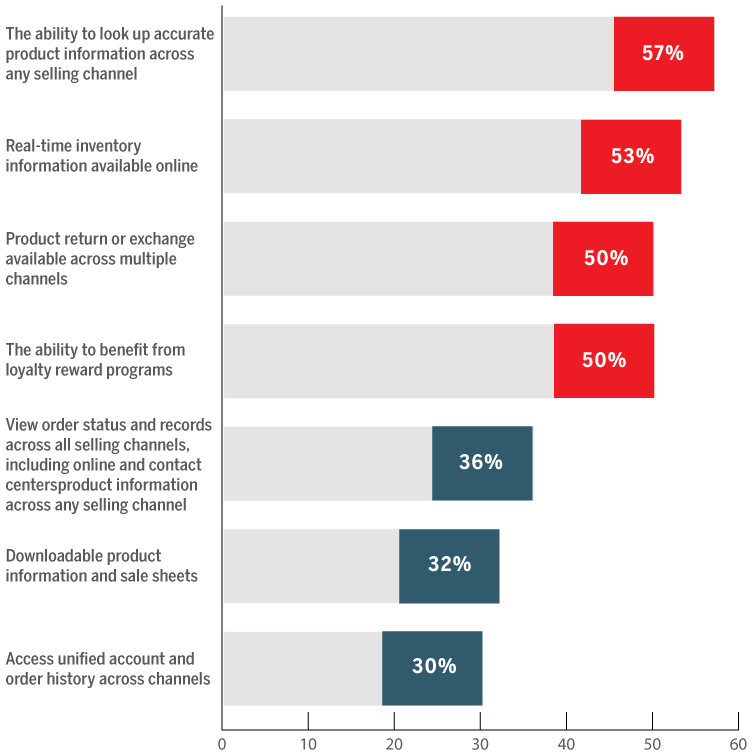![]()
Author: Sadiq Suleman
It is a fact that China economy has been struggling by the means of a significant structural transition. Due to this reason, consumption has not been rising as fast as it had during the peak years. Although the pace of economic development is relatively slower and the course of growth has also been bumpier, the growth of consumption has also been facing a certain new dimension. It is expected that China’s consumer economy would grow by almost $6.2 trillion by 2020, irrespective of the real GDP growth.

There are various reasons for China’s changing consumer market. This article would reflect the main reasons for that are creating a change in China’s consumer market. They can be further described as follows:
The Growing Role of E-Commerce: The astonishing growth of e-commerce has been one of the highlights in the Chinese consumer economy. In the year 2010, the online transactions used to be about hardly 3% of the total private consumption. However, since then it has been observed that the Chinese online consumers have increased 3 times. Currently, the online channels comprise around 15% of private consumption. It has been projected that in the next five years, e-commerce would be able to become one of the most prominent retail channels in China.
The emergence of China’s Upper-Middle Class: During the last few decades, the consumer market of China is powered due to the rise of hundreds and even millions of individuals from poverty to a consistently growing middle class. China comprises of middle class households that have an annual disposable income that ranges from $15,001 to $25,000. China has entered a new era. Consumption growth would be driven due to the potential rise of upper-middle-class households along with affluent households. It is projected that by 2020, the number of upper-middle-class households would increase to 100 million and would comprise of 30% of all urban households, in comparison only 7% in 2010.
The new-generation’s emergence: Consumer spending from China’s young population has been increasing at an annual rate of almost 15%. This is almost twice the pace of the consumers that tend to are older than 30. In comparison with their elders, the Young Chinese generation spends much more than them. The major reason behind the fact is that majority of the Chinese people who are more than 35 have gone through the periods of instability and have experienced the economic crisis which makes them quite economical comparatively. On the other hand, the young generations tend to spend much more money than their elders. It has been observed that in comparison with the consumers belonging from previous generation with similar incomes, the people aging 35 and younger spends 40% more in buying various types of products. The surprising aspect in this regard is that according to a recent BCG global consumer survey, around 42% of young Chinese people aging between 18 to 25 have disagreed with the above fact and said that they do not really feel the need to spend money on buying new things if they already have that thing. Similarly, 36% of the U.S. and EU respondents, 32% of Japanese, and 26% of Brazilians aging between18 to 25 have also shown their disagreement in this regard. In comparison with those aging more than 35, the younger Chinese people are not only considered as consumers that are more sophisticated but also more brand conscious as well.
The rising consumer market automatically paves the way for industrial growth. Businesses need to work today in order to make the most of the changes occurring in Chinese consumer market. The emerging consumer class will be young, rich and tech-savvy. They will transform the structure the consumer market, which in turn would affect the structure of B2B operations. Click here to learn how TradeKey can help your company in capitalizing this opportunity.
The New China Playbook was originally published by The Boston Consulting Group. It is republished at World Economic Forum with permission.
Want to Tap The Chinese Consumer Market?
JOIN TRADEKEY.COM NOW!















